Japanese Meal
Japanese cuisine — notable for its simplicity of flavors — still does. “Our food is understated, simple. Our idea of sophisticated is beautiful-looking food with fresh, clean flavor,” And lots …
I am originally from Japan and have been living in the US for about 20 years. Over the past 20 years I have traveled to many different parts of the world, seen different cultures, and tasted all kinds of interesting food. In between I studied anthropology, art and interior design.
I currently live outside Boston and I teach cooking in continuing education programs and at home. I also take on freelance interior design projects.
I hope you enjoy the blog!
Yoko
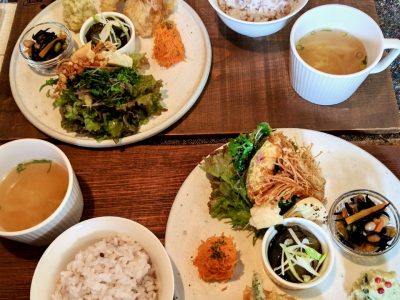
Japanese cuisine — notable for its simplicity of flavors — still does. “Our food is understated, simple. Our idea of sophisticated is beautiful-looking food with fresh, clean flavor,” And lots …
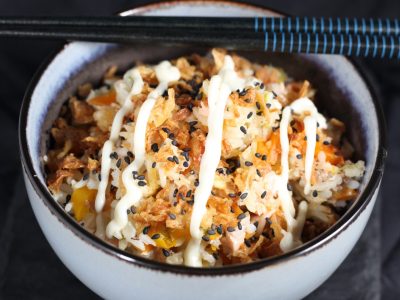
If you have never heard of Kewpie mayonnaise, it is the brand name for Japanese mayonnaise by Ajinomoto. As you might imagine, there is a cute drawing of a Kewpie …
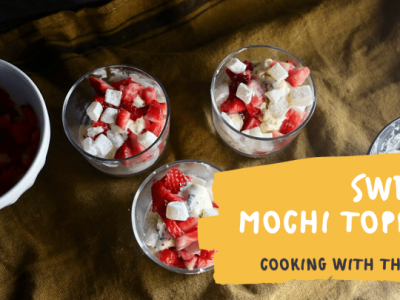
Please watch the video for the instructions. Ingredients:Mochiko 1/2C (glutinous rice flour or sweet rice flour)Sugar 1/4C sugarWater 1/3CCornstarch
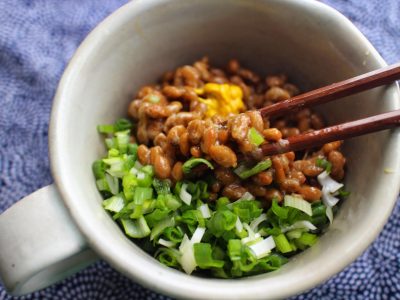
Natto is a fermented soybean, and it is traditional and staple of Japanese food. Compared to tempeh which is another fermented soybean originated in Indonesia, Natto is wet and slimy, …
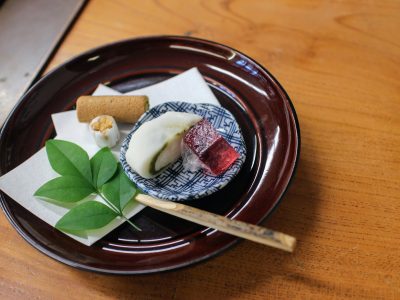
Wagashi is a traditional Japanese confectionery typically made from seasonal plant ingredients such as azuki bean, pumpkin and sweet potatoes. Since wagashi has strong tied with seasons, the menu changes …
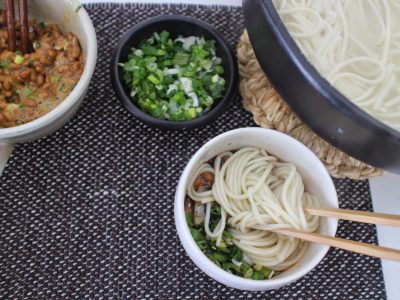
Hippari Udon which means, pulled udon, is a regional specialty from Yamagata prefecture in Tohoku Japan. Nobody knows where the name actually came from, but some people think it came …
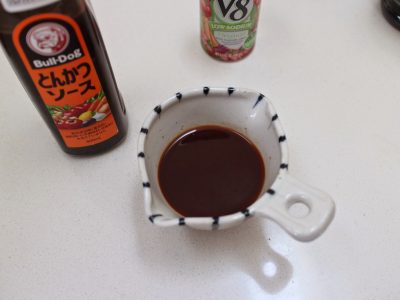
Tonkatsu sauce is Japanese sauce that used for tonkatsu which is Japanese style fried breaded pork cutlets and for other fried foods mainly. The taste is somewhere between Worcestershire sauce …
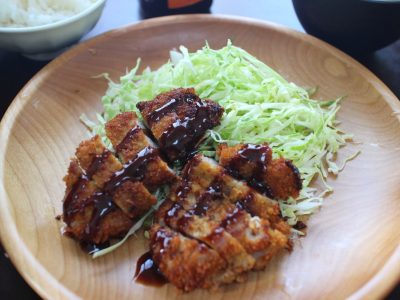
Tonkatsu is a deep fried breaded pork, and is a Japanese invention obviously with strong influence of European cuisine. Now you are wondering what the different between tonkatsu and pork …
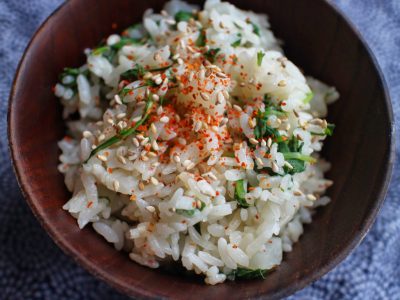
Takikomi gohan, or aji gohan as it is sometimes known, is seasoned steamed rice with a few other ingredients added for flavor. The added ingredients are typically various vegetables, but …
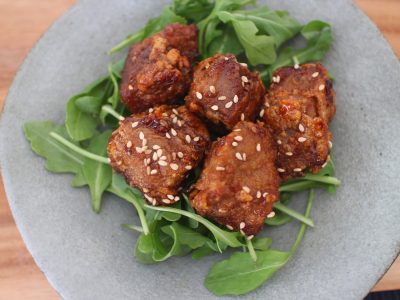
When I was in Japan this summer, I bought an “ekiben” for my 2 hours train trip. Ekiben is a shortened word for eki bento, which means train station (eki) …
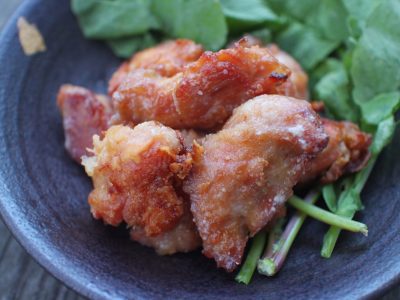
Kara-age is a Japanese cooking method that is used typically for chicken or fish. The chicken or fish is marinated in a soy sauce based marinade with ginger and garlic, …
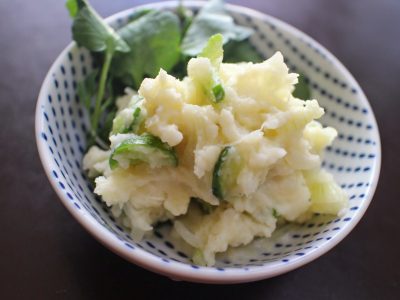
There are so many varieties of potato salad in the world. Every country and often every home has its own unique recipe, and it’s all good. Japan is not …
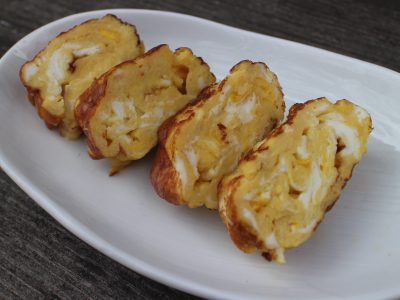
Tamagoyaki means grilled egg in translation, and is a type of Japanese omelette. There are different types of tamagoyaki depending on the additional ingredients for different purposes or occasions, and …
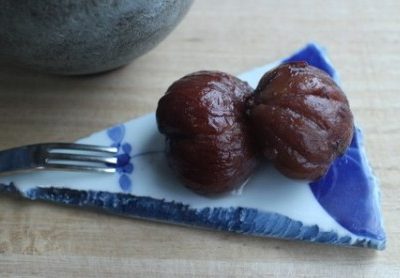
When chestnut season comes around Thanksgiving, I make my first kuri-no-shibukawani (candied chestnuts) for the season, and I make the second one for a traditional Japanese New Year’s day meal. …
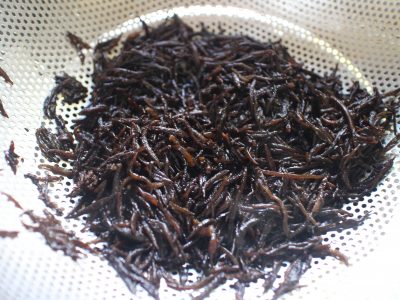
Hijiki is a wild sea vegetable that is an important ingredient for Japanese cuisine. It is a good source of fiber, calcium, and iron. The main cultivation season is from …

Otoshi buta is a Japanese “drop lid” typically made from wood, although nowadays silicon, plastic, and other materials are also used. “Drop lid” means it is small enough so that …
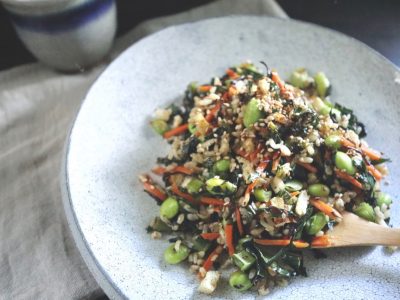
Trader Joe’s sells Japanese Fried Rice in the frozen section. Normally I am a bit skeptical about any American-made Japanese products, but I was surprised by this one. Not just …
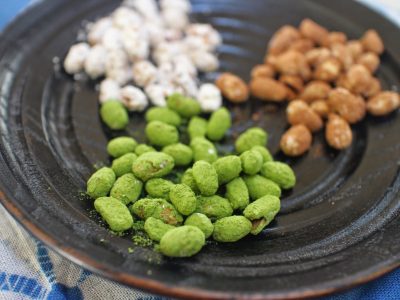
Today is Setsubun (the literal meaning is seasonal division) which is the day before the beginning of Spring under the Japanese lunar calendar. It is the day to chase away …
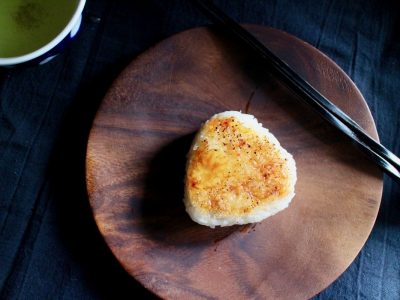
Onigiri means rice ball, and yaki onigiri means grilled rice ball. All onigiri are very tasty and are considered a comfort food by most Japanese people. And, yaki onigiri are …
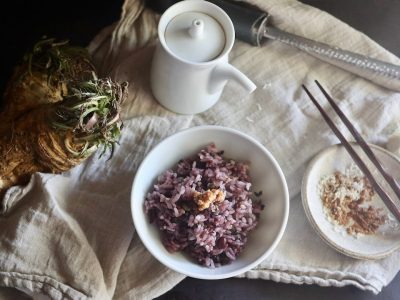
The first time I ate fresh horseradish was in the spring of the year I started living in Hokkaido, northernmost prefecture because it only grows in cold climates. My cousin …
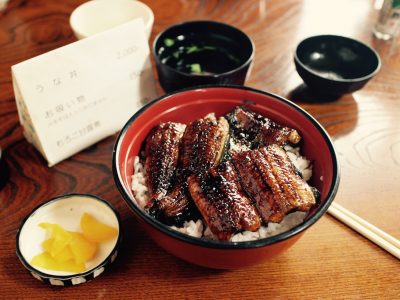
Today is a Eel Day in Japan. It is the day you eat unagi to boost your endurance to get through a very hot summer since people believe unagi is a …
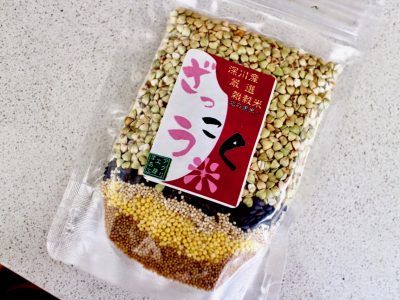
I have introduced zakkoku mai a while ago in this blog so please check the post if you don’t know what it is. Basically zakkoku means all the grain except …
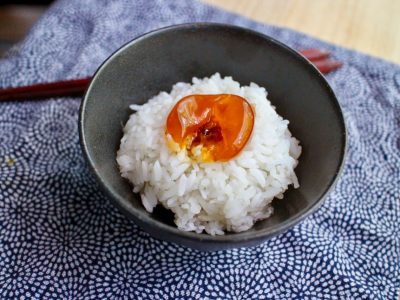
Here is a recipe for the simplest and the tastiest way of preparing egg yolks. Just put it in a small container, pour some soy sauce and let it marinate …
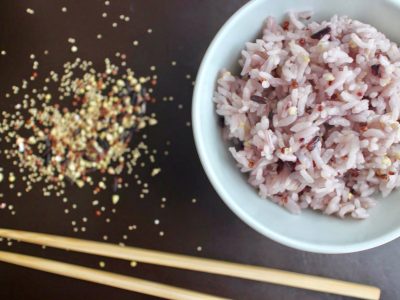
Zakkoku means whole grains, and mai means rice in Japanese. In Japan, people really love to eat white rice, and it is a very important part of our cuisine. But …
